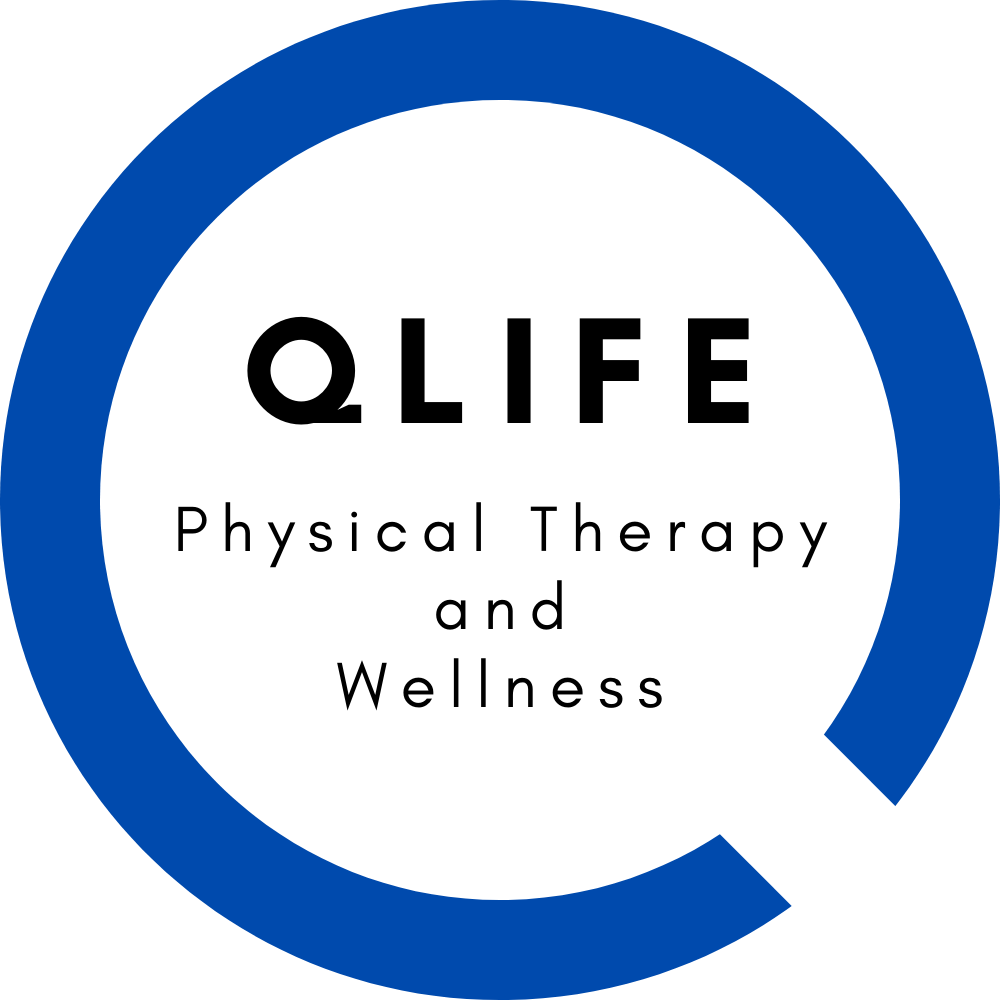The Vagus Nerve: Your Body's Master Controller
Imagine your body as a bustling city, with millions of messages traveling back and forth every second. Streets buzz with traffic, buildings hum with activity, and everything needs to work together smoothly. In this complex urban landscape, there's one major highway that connects the downtown control center to neighborhoods throughout the city. In your body, that highway is the vagus nerve – and it might just be the most important nerve you've never heard of.
Can We Prevent Orthopedic Injuries? The Science, Strategies, and Future Innovations
Orthopedic injuries — from ACL tears to wrist fractures — are a leading cause of disability worldwide. Whether you're an athlete, an aging adult, or simply someone navigating daily life, orthopedic injuries can be costly, painful, and life-altering. But can they be prevented? Science increasingly says yes — with the right strategies.
In this blog post, we'll explore what the evidence tells us about injury prevention, break down risk factors, showcase effective programs, and look ahead at future innovations.
What Type of Exercise Program Should I Do?
When you stand at the crossroads of fitness, the question isn't just "should I exercise?" but rather "which training is right for me?" This seemingly simple question encompasses a complex matrix of personal factors that make your fitness journey entirely unique.
As someone who has studied human movement and worked with diverse populations, I've seen firsthand how the right training approach can transform lives—while the wrong one can lead to frustration, injury, or abandonment of fitness goals altogether.
What is Heart Rate Variability (HRV)? What Does It Tell Me?
Let's talk about that mysterious number your fitness tracker keeps showing you – Heart Rate Variability, or HRV. While steps and calories get all the attention, HRV might be the most important health metric you're not paying attention to.





